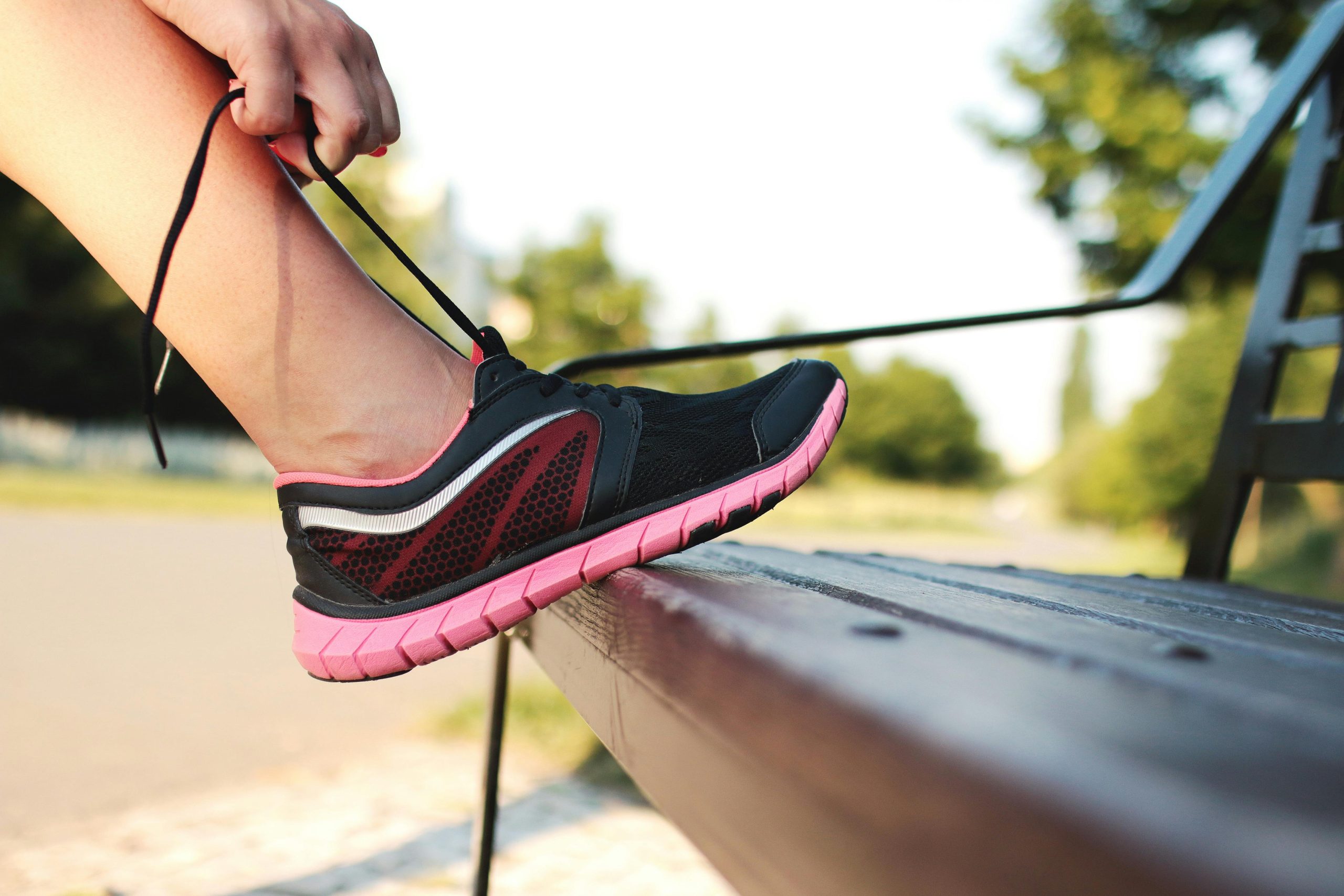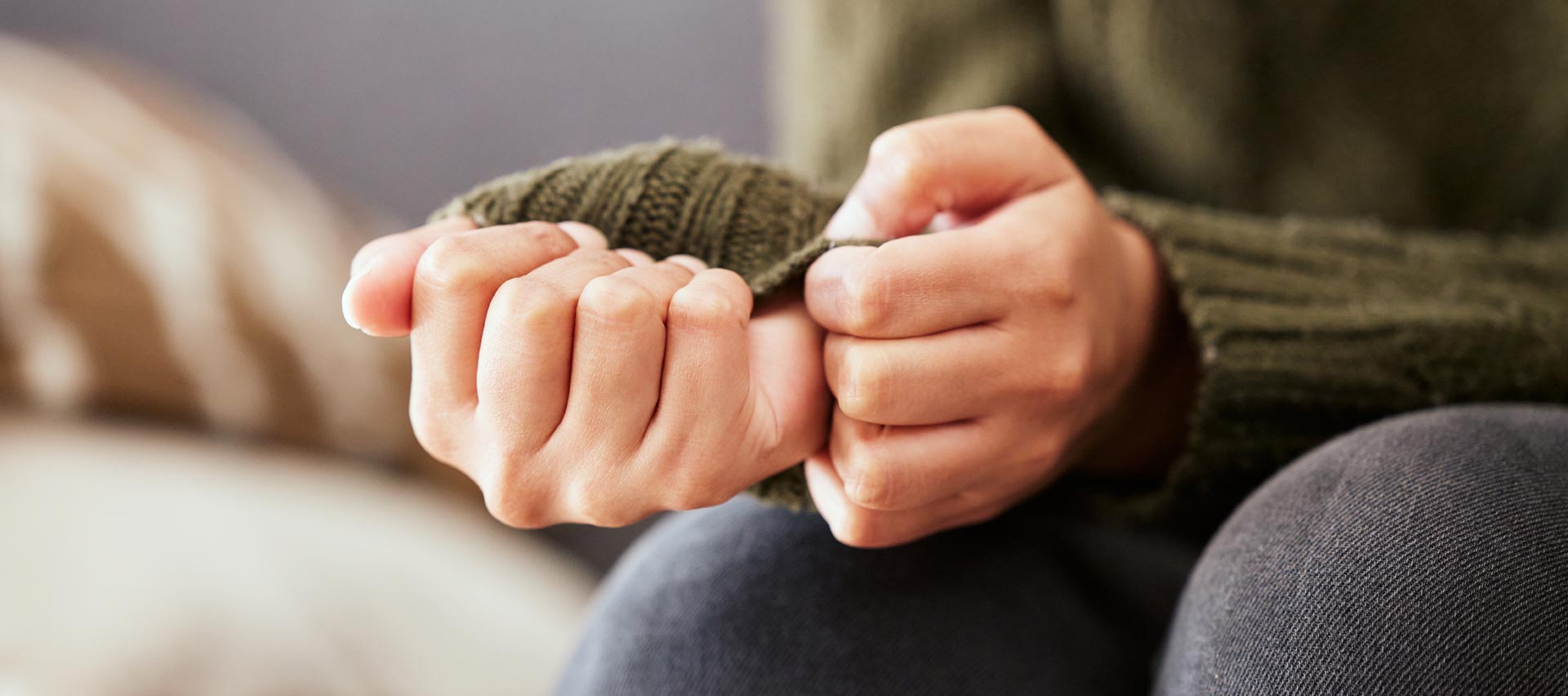Battling the Winter Blues
by Hailey Byrne | Feb 2024
Living in New England, the winter months can have a major impact on our mental health. Many people find themselves experiencing seasonal depression, also referred to as seasonal affective disorder. We will discuss what seasonal affective disorder is, the symptoms, risk factors, and some coping strategies to help manage seasonal affective disorder and the accompanying symptoms.
What is Seasonal Affective Disorder?
Seasonal affective disorder is a type of depression that presents itself based on the seasons, most typically during the colder winter months. It most often starts in adulthood and is more common in females than males. About 5% of the U.S. population experiences seasonal depression each year. However, this number varies based on the geographic region.
Symptoms
The symptoms of seasonal affective disorder tend to begin and subside around the same time each year. Some of these symptoms include:
Increased fatigue
Loss of interest and pleasure in activities that have previously been enjoyed
Social withdrawal or isolation
Increased appetite especially for sweets and carbohydrates
Irritability
Increased anxiety
Risk Factors
As mentioned above, women are more at-risk for seasonal affective disorder than males. Another risk factor is living further from the equator, which puts all of us living in New England at an increased risk. Additionally, people who have a family history of seasonal affective disorder or depression are also at an increased risk for developing seasonal affective disorder than those who do not have a family history of depression.
Coping Strategies
So given all of this information, what can you do if you feel like you might be suffering from seasonal affective disorder or if someone you know could be struggling?
1. Psychotherapy can be very useful for anyone struggling with seasonal affective disorder.
2. Cognitive-behavioral therapy can be particularly helpful for identifying and challenging negative thought processes.
3. Increasing exposure to sunlight, even just by sitting near a window.
4. If getting natural sunlight is not feasible, light therapy is another great alternative. These are special lights that can be purchased and used to mimic the sun to allow for daily exposure.
Medications, specifically SSRIs can be very helpful in the treatment of seasonal affective disorder
Resources:
Seasonal affective disorder (SAD). Mental Health America. (n.d.).
Seasonal Affective Disorder. Chestnut Health Systems. (n.d.).
Seasonal Affective Disorder. Johns Hopkins Medicine. (n.d.).












